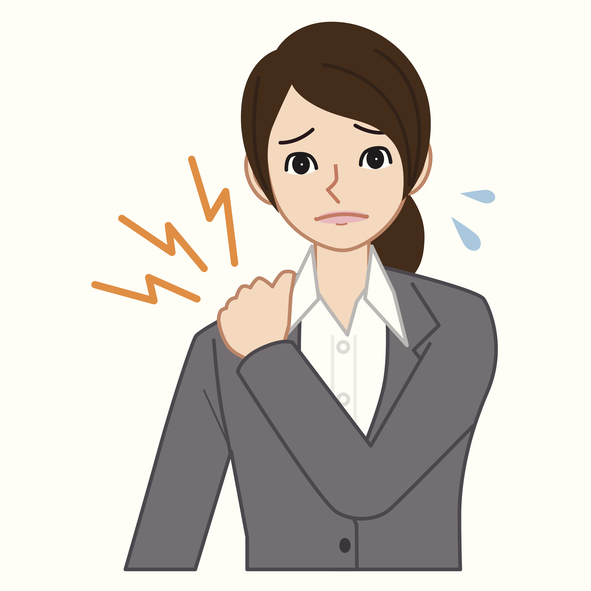
LGIS workers' compensation claim statistics show that upper limb injuries (excluding hand injuries) account for approximately 18% of claims in the past five years.
The shoulder is a complex 'ball and socket' joint consisting of many interconnected structures. The shoulder joint allows a large degree of movement and is considered the body's most mobile joint.
Due to this flexibility, shoulders are often a common area for strains and sprains. Injury often happens when stress is placed on the tissues that stabilise the shoulder. A strain refers to damage to these tissues. Common causes of shoulder sprains and strains include trauma, repetitive use – particularly in outstretched or overhead positions – and adopting awkward static postures.
Signs and symptoms of shoulder strain include:
- Localised and referred pain
- Decreased range of movement
- Swelling, bruising or redness
- Instability of the area
- Weakness
Conservative treatment can include rest, heat packs, task modification, anti-inflammatory medications, stretching and basic strengthening exercises. The treating doctor may also recommend cortisone injections to assist with pain reduction and improved function.
In most cases symptoms will resolve within 6-12 weeks of the injury, however in severe or chronic cases, the treating doctor may refer for further imaging to rule out other causes of pain including impingement and tears.
Shoulder injuries can be prevented in the workplace. Ergonomic assessments and job task analysis should be used as a preventative tool to identify potential risk factors and provide recommendations for appropriate controls, such as equipment, education and/or work re-design.